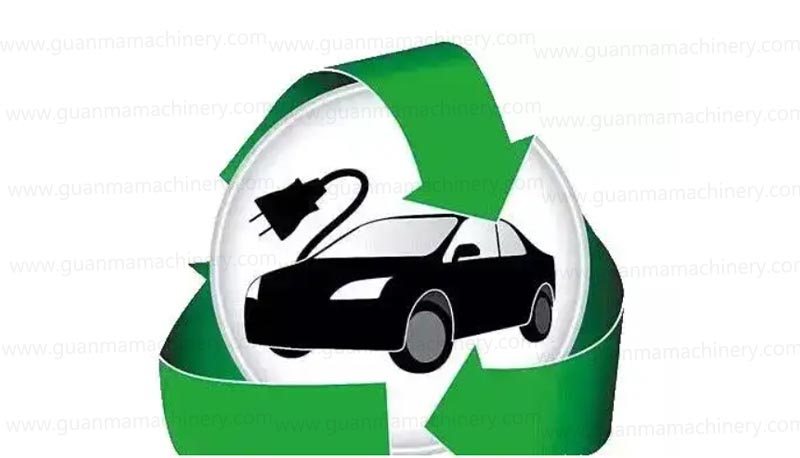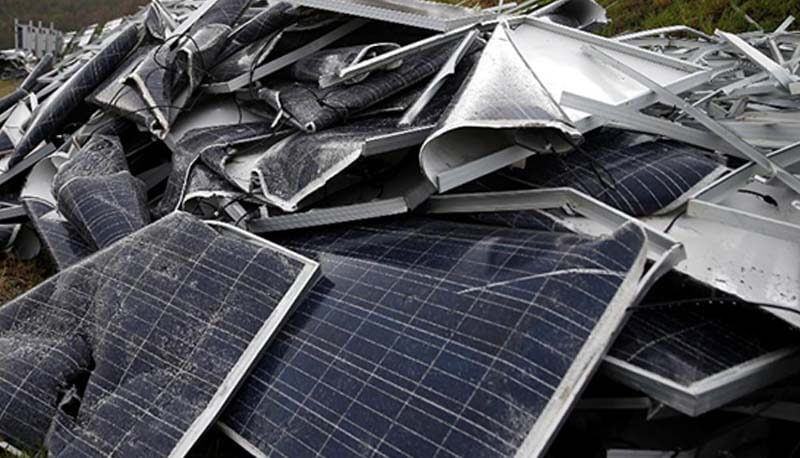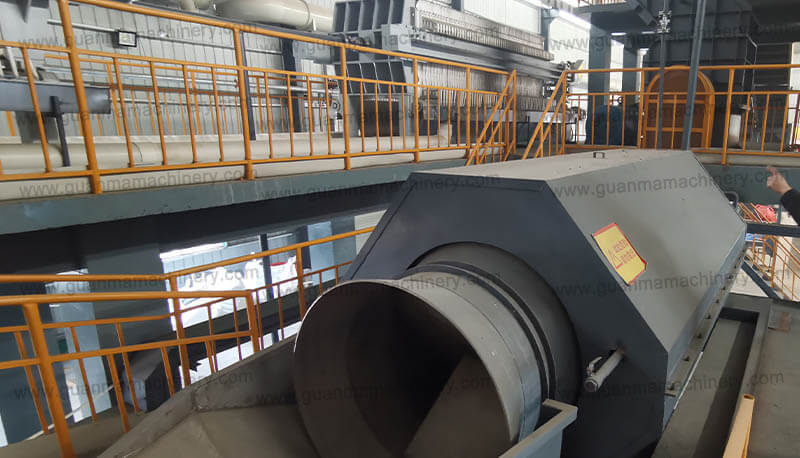The need for sustainable practices is more pressing than ever, and one area that’s gaining significant attention is battery recycling. In this article, we’ll explore the soft pack lithium battery recycling production line, how it works, and its vital role in the future of green technology.
What is Soft Pack Lithium Battery Recycling?
Battery recycling is the process of extracting valuable materials from used or expired batteries. For soft pack lithium batteries, recycling refers to a specialized process that recovers key materials such as lithium, cobalt, and nickel from spent battery cells.
How Soft Pack Lithium Battery Recycling Works
The recycling of soft pack lithium batteries involves several stages. The goal is to safely dismantle the batteries and recover valuable materials while minimizing environmental harm.
Step-by-Step Process of Recycling Soft Pack Lithium Batteries
Discharge and Safety Procedures
Before beginning the recycling process, the battery must be fully discharged to eliminate the risk of short circuits or fires. This step is crucial for ensuring the safety of workers and equipment.
Manual Dismantling of Cells
Once discharged, the battery is carefully opened, and individual cells are extracted. This may be done manually or through automated systems, depending on the scale of operations.
Sorting and Separation of Components
After dismantling, the various components, including the anode, cathode, electrolyte, and casing, are sorted. This step is necessary to isolate materials like lithium, cobalt, and nickel for further processing.
Chemical Treatment and Metal Recovery
The sorted materials are then subjected to chemical treatments to recover the valuable metals. This may involve hydrometallurgical or pyrometallurgical methods, which allow for the extraction of metals such as lithium, cobalt, nickel, and manganese.
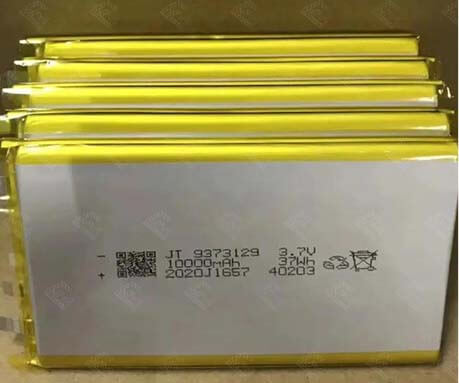
Key Technologies Used in Soft Pack Lithium Battery Recycling
Several advanced technologies are used in the recycling of lithium batteries, each with its own strengths and applications.
Mechanical Separation
Mechanical separation techniques involve crushing and shredding the battery cells to break them into smaller pieces. This process makes it easier to separate the various components for further treatment.
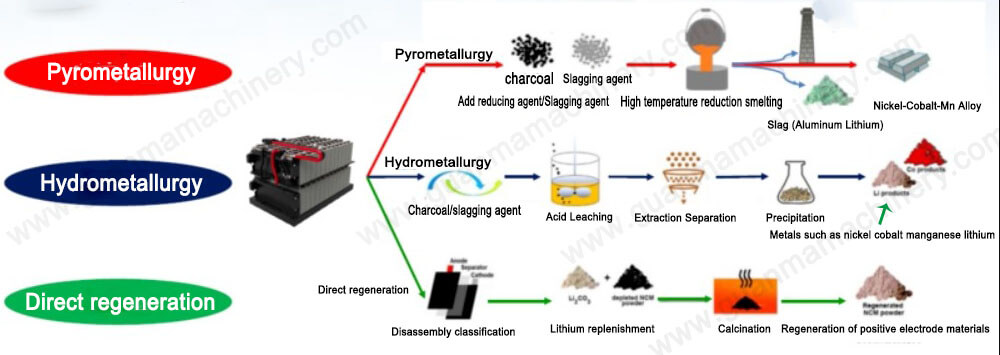
Hydrometallurgical Processes
Hydrometallurgy involves the use of aqueous solutions to extract metals from ores or waste materials. In battery recycling, this process is used to dissolve valuable metals and then precipitate them into a solid form for recovery.
Pyrometallurgical Processes
Pyrometallurgy uses high temperatures to extract metals from battery components. This method is commonly employed for the recovery of metals like cobalt, nickel, and copper from lithium-ion batteries.
Direct Recycling Methods
Direct recycling aims to reuse the existing battery materials in new batteries without extensive chemical treatment. This method has the potential to be both cost-effective and environmentally friendly.
Current Market Trends in Soft Pack Lithium Battery Recycling
With the rising demand for sustainable solutions, the market for lithium battery recycling is expanding. Innovations in battery design, recycling technologies, and government policies are driving this growth.

